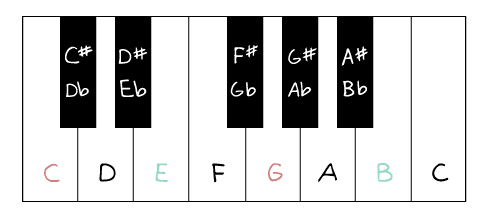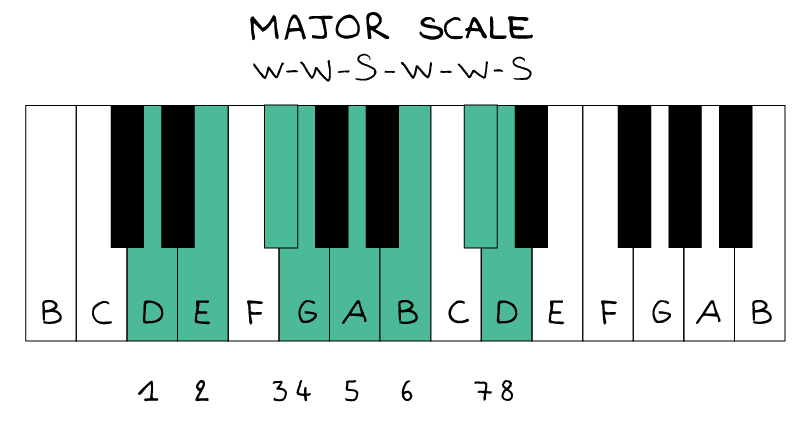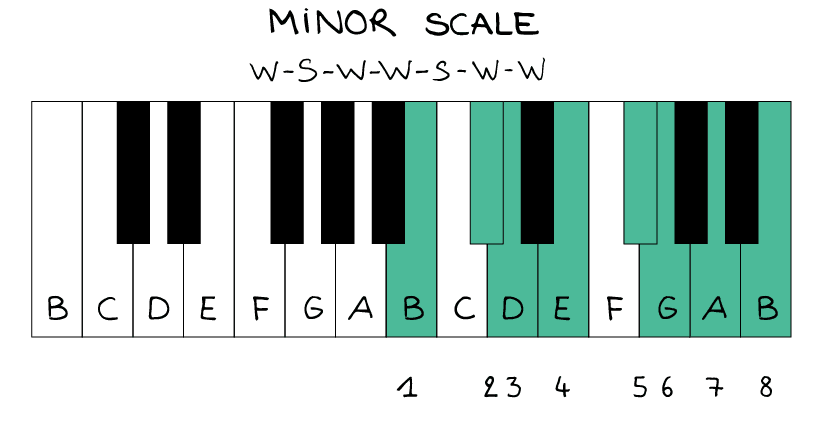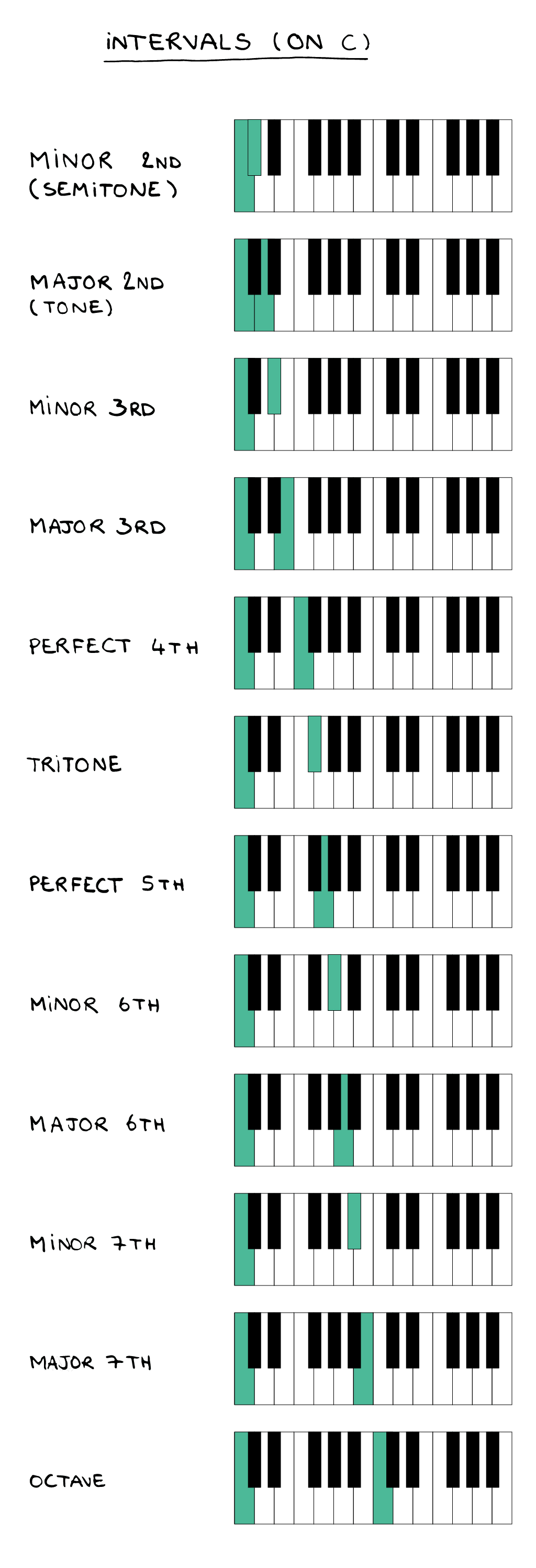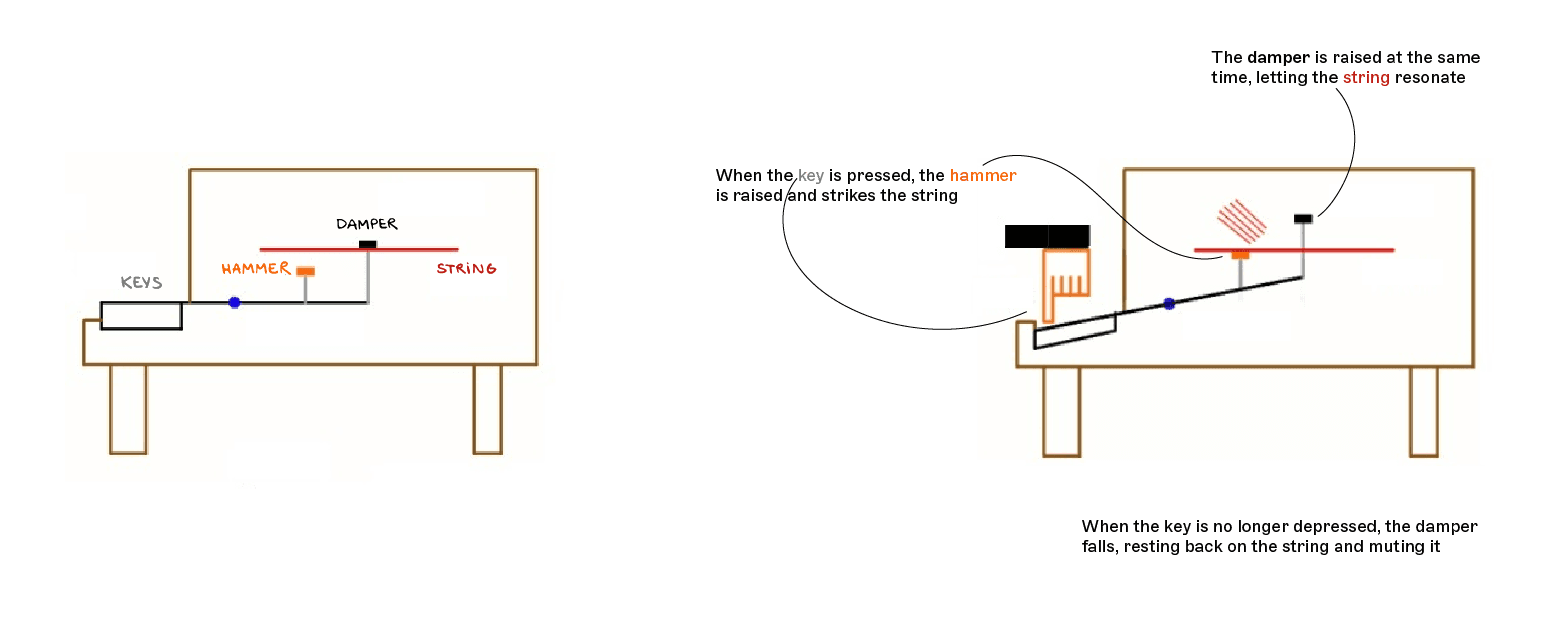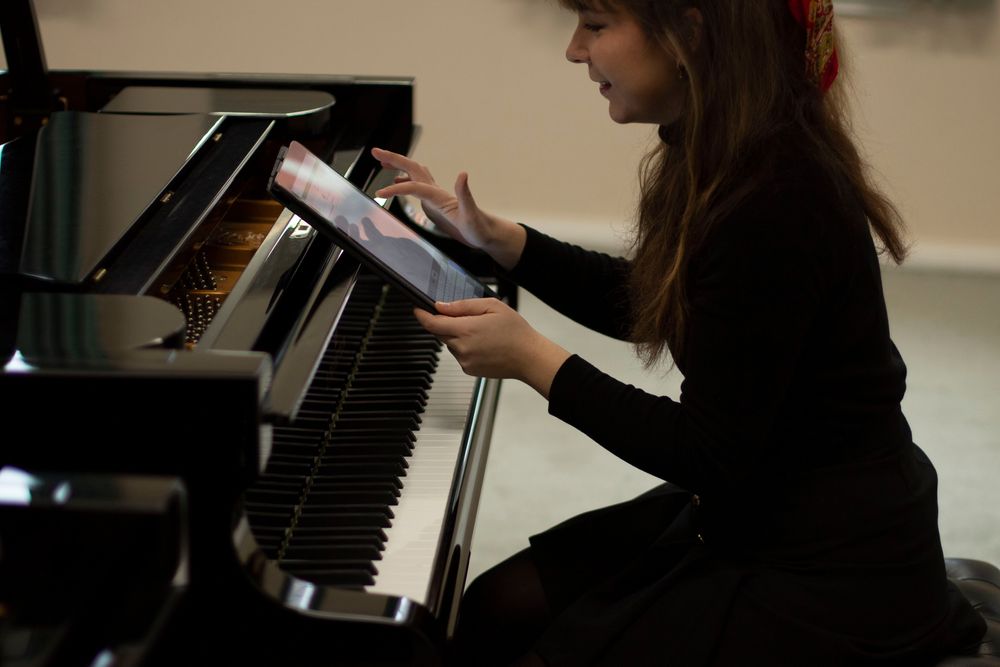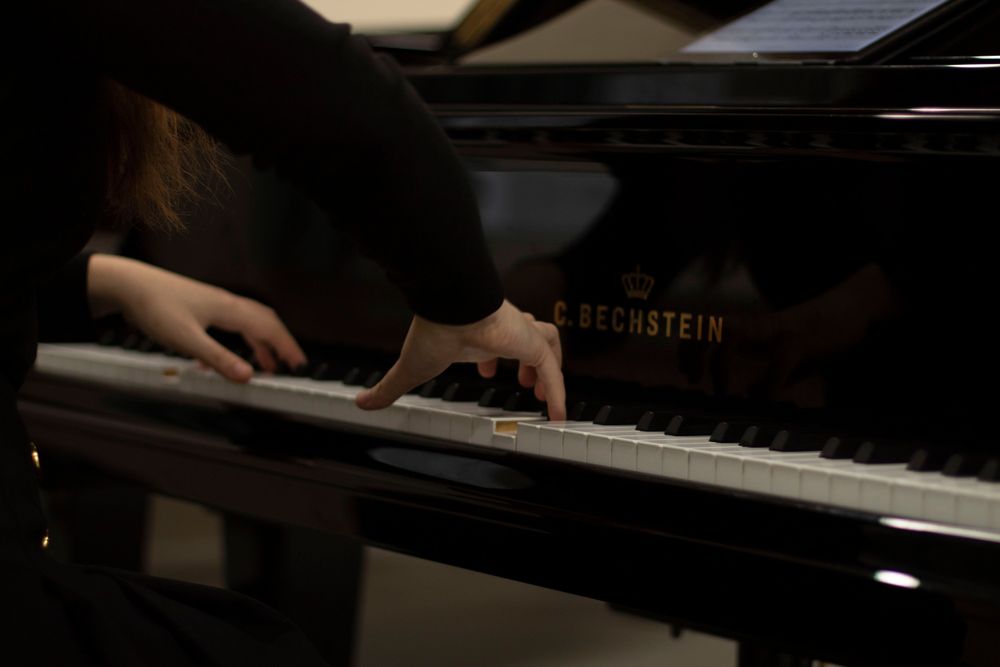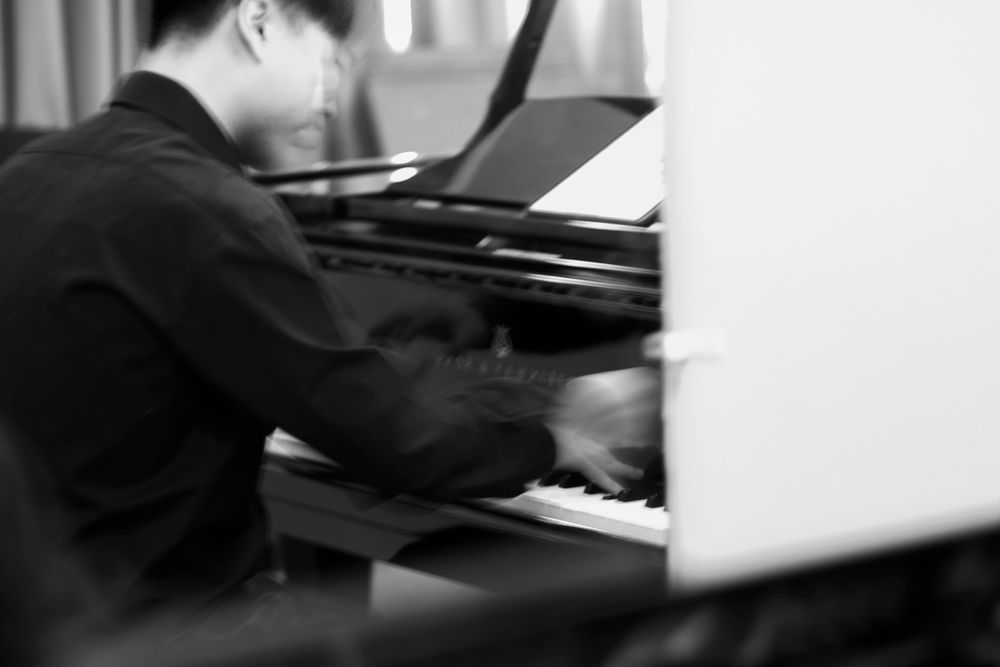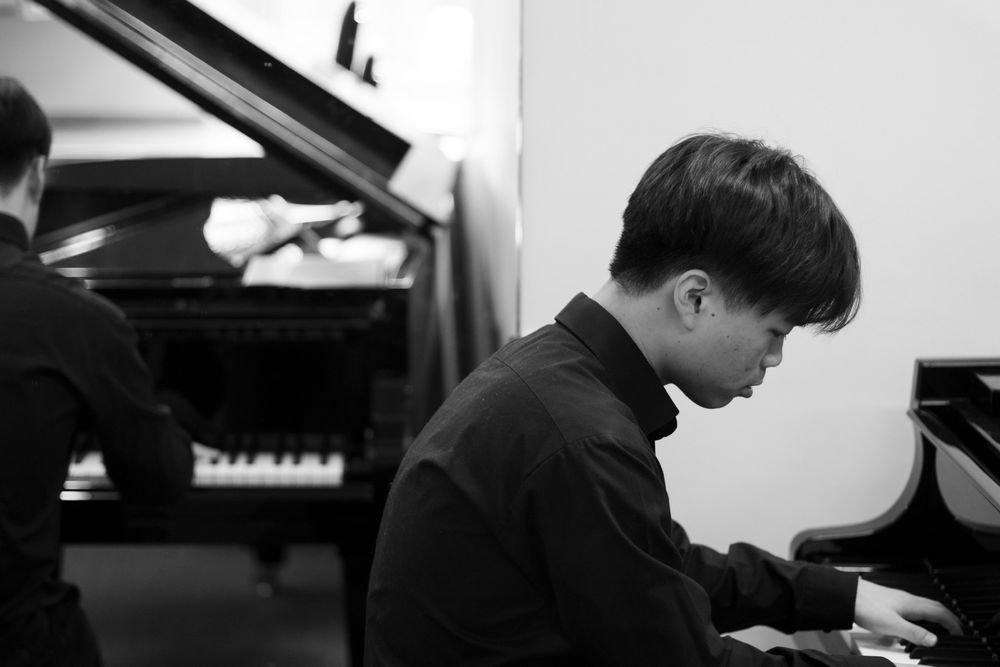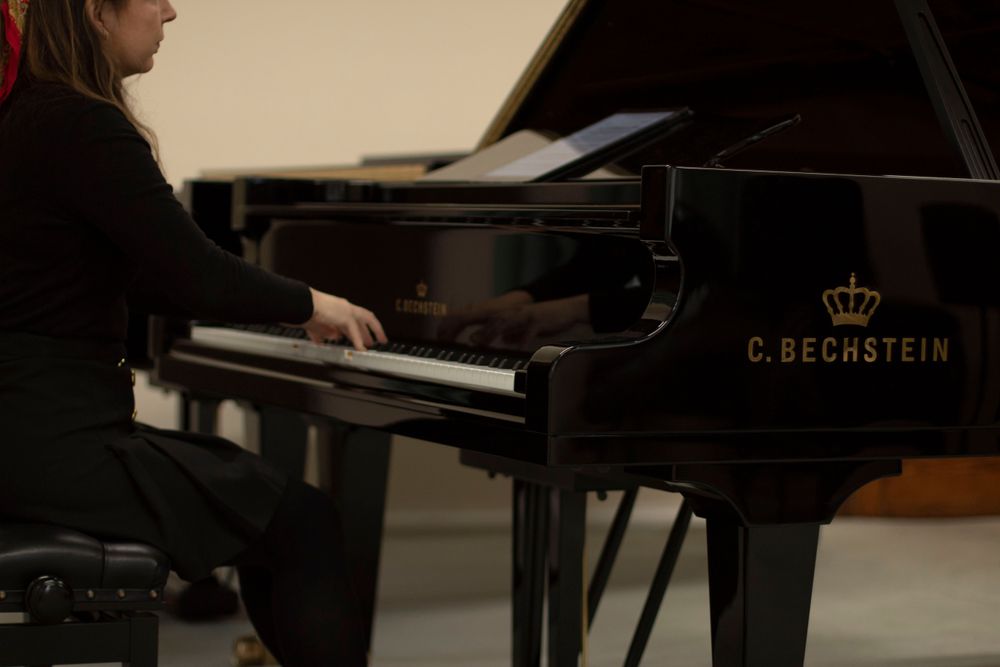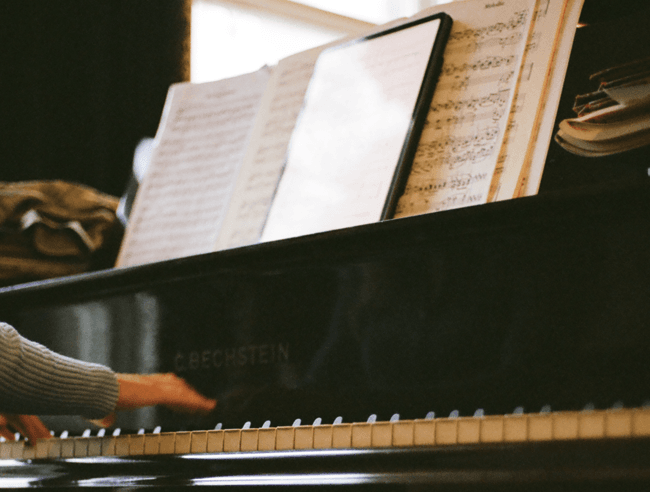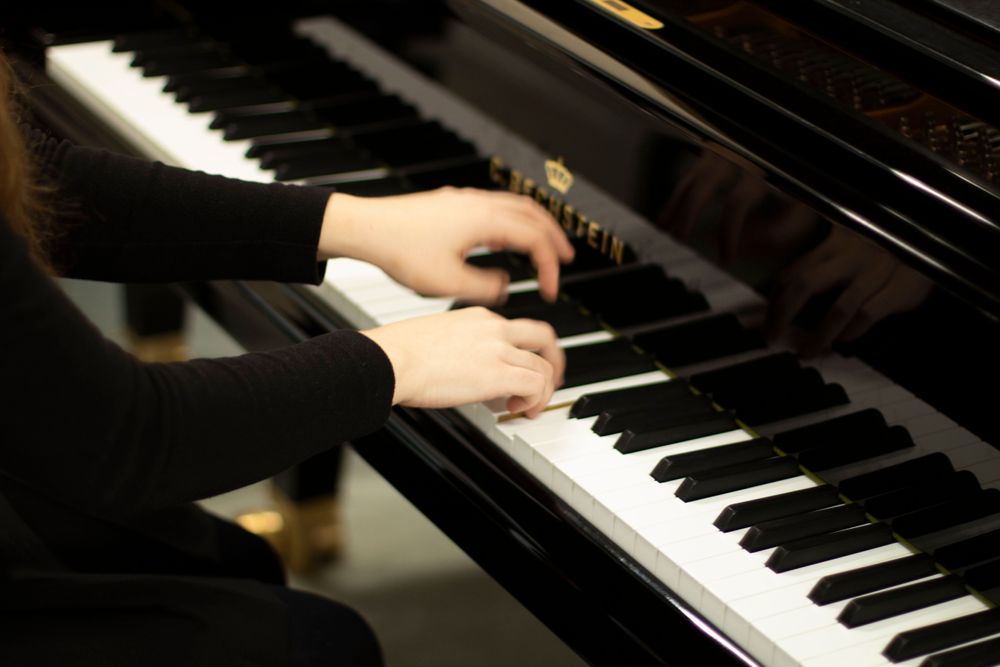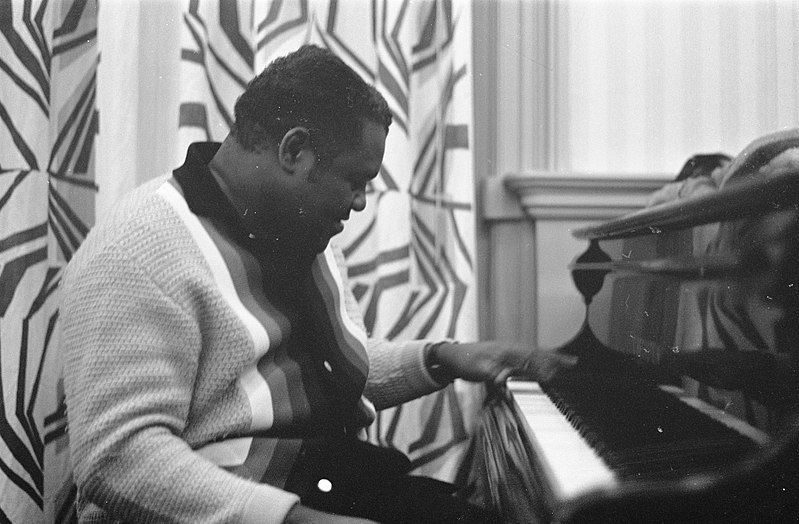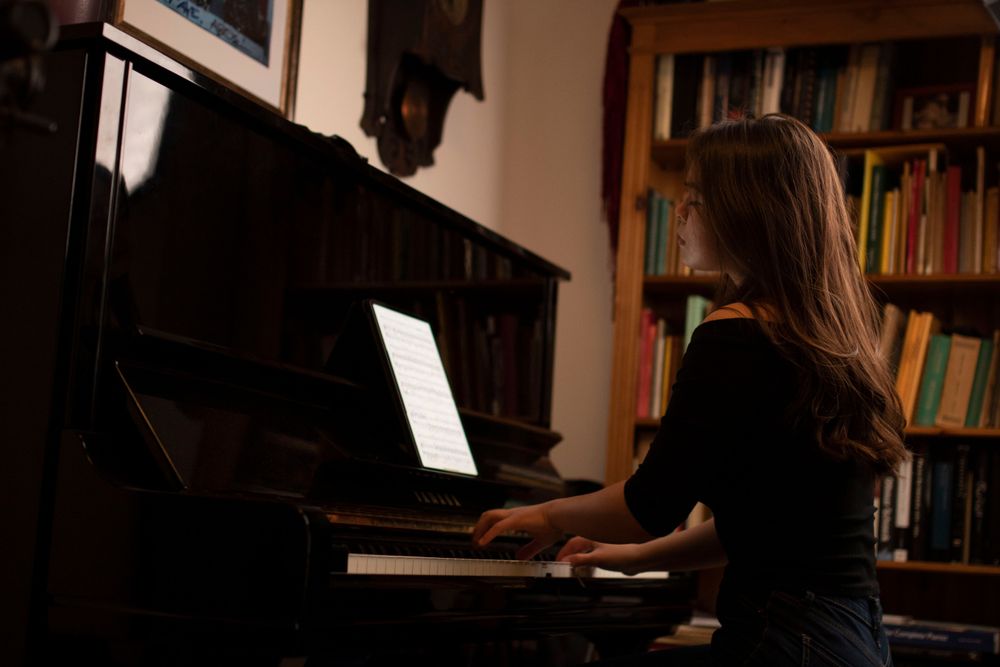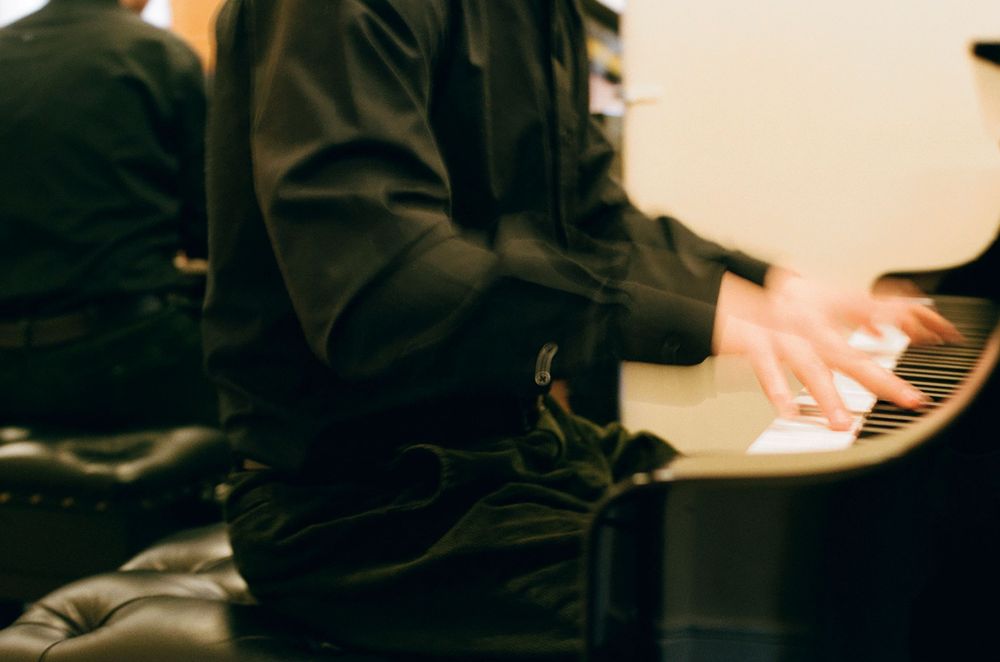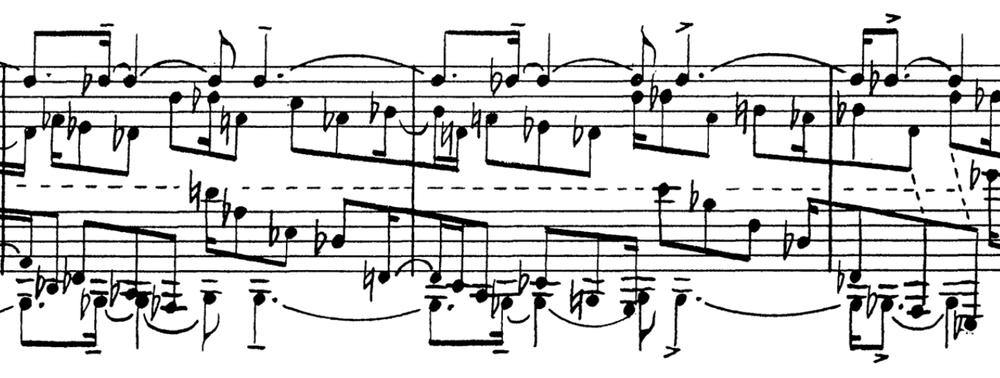If there’s one thing that can be said for certain about pianists, it’s that they know their way around a keyboard. If you’re aiming to be one, then you’ll need to get familiar with it too.
No matter the style of music, or the standard to which it’s played, it’s essential to have an understanding of the keys and their relationship to one another. For most, this will involve learning note names as a stepping stone to interacting with sheet music, but even if you don’t intend to make use of notation when you play, this awareness is no less useful.
It will form a solid foundation of theory and practice for you. On this, you can go on to develop a rounded piano-playing ability that’s versatile enough to take you in any musical direction that you might want to go in.
To best realise this, you should consider this article alongside the other posts in the Piano Music for Beginners series, on piano notes and piano chords. While they relate in a variety of ways to what you’ll read about below, they go into greater detail on certain topics, so they’re worth checking out if you haven’t done so already.
Here, it’s all about the keys though. Get your head around these and you’ll be able to more easily come to terms with notes, chords and everything else you have to learn in order to be a great pianist.
